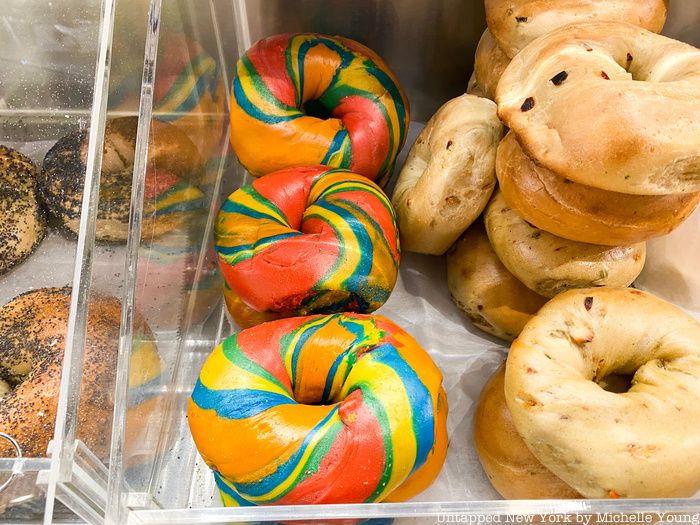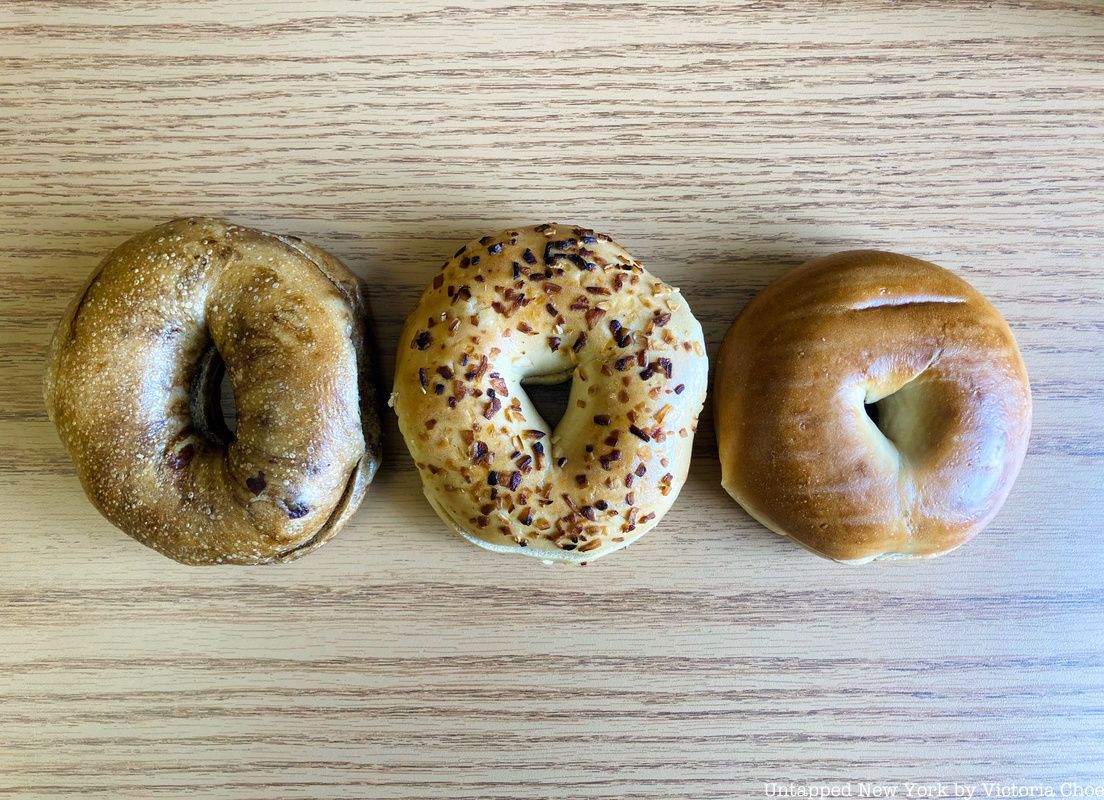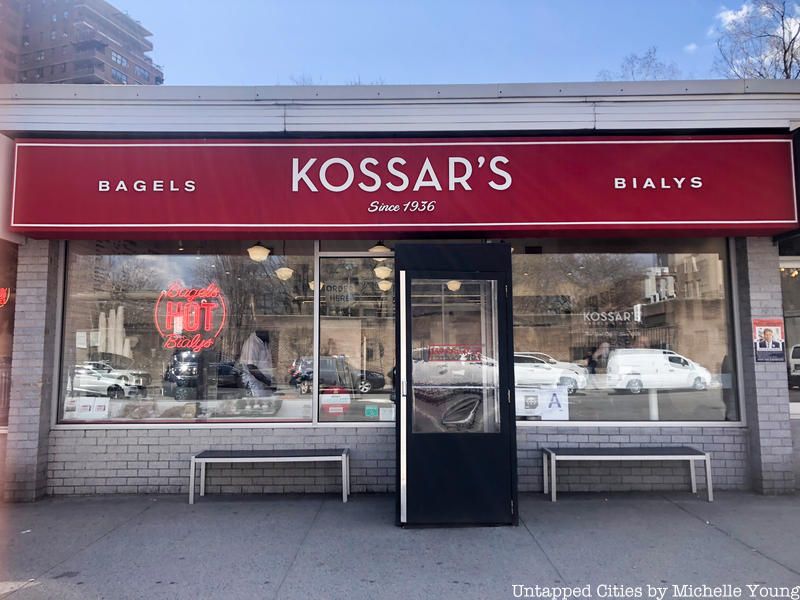Last Chance to Catch NYC's Holiday Notalgia Train
We met the voices of the NYC subway on our nostalgia ride this weekend!


We New Yorkers are proud of many different aspects of our city. We frequently celebrate our rich diversity and grandeur, but there is one thing, above all else, that we like to argue that we do best: bagels. In fact, New Yorkers even go as far as to assert that there is nowhere else in the country — nay, the entire world — that can make a better bagel than New York City does. But how did the bagel become New York’s most prized possession?
Although New York is arguably home to the world’s best bagels, most food historians agree that bagels originally come from Poland. An old wives tale claims that the first bagel was made in honor of the 17th century King of Poland, John Sobeiski III, and his victory over the Ottomans in the 1683 Battle of Vienna.
According to the story, King Sobeiski was the first ruler who did not enforce the decree of 1496, which restricted the manufacturing of white bread and obwarzanek (bagellike rolls) to the Krakow bakers guild. This ultimately allowed for the Jewish production of bread products, leading up to the creation of the bagel. When Sobieski saved Austria from Turkish invaders, it is said that a baker crafted a roll in the shape of the king’s stirrup, calling it a beugel (Austrian for stirrup).

This tale, however, has been debunked by Maria Balinska, author of The Bagel: The Surprising History of a Modest Bread

. In a 2008 article by the New York Times, Balinska revealed that bagels are likely “cousin[s] to the pretzel” and may have existed even before the Jewish migration to Poland during the Middle Ages.
It is believed that bagels made their way to New York with the migration of Eastern European Jewish immigrants in the late 1800s. Their production began in small, privately owned bakeries, where they were hand rolled, boiled, and baked. As Jews assimilated and moved to different parts of the city, old world culinary staples and traditions were further shared. In the 1960s, bagel consumption in New York City skyrocketed following innovations in packaging and mass distribution channels. By the 1980s, the size of bagels nearly doubled and the New York Bagel, as we know it, was born.

By 1900, 70 bakeries existed on the Lower East Side, and in 1907, the International Beigel Bakers’ Union was created to monopolize the production bagel production in the city. The Jews of the city, in their craving for food from the old country– rye, challah, and bagels– created a craze in the city that would evolve into part of the New York identity. So much so that when there was a strike of bagel workers, a city-wide “bagel famine” took place on several occasions.
New York Institutions like Russ & Daughters and Zabar’s remains deeply a part of the bagel’s East European and Jewish roots, but in true New York fashion, the melding of cultures and mastering of recipes means bagel bakeries are not necessarily Jewish-owned anymore. The popular H&H Bagels was opened by a Puerto Rican family, and John Marx, a Cincinnatian of German background, bakes 36 different kinds of bagels, from tropical fruit to taco bagels.

Today, the question still remains: why are New York’s bagels so much better than everyone else’s? One long standing rumor attributes it all to New York’s water — a theory which may prove to hold some truth. An article posted by the Smithsonian defends the water theory by stating that New York’s water has a perfect ratio of calcium to magnesium, giving it a “soft” quality. This soft water mends perfectly with the gluten in the bread, creating a delectably chewy bagel. Because most states receive water from different locations, each state’s bagels comes out a different way.
The Smithsonian article also points out that most New York bagel shops practice two key steps to create the perfect bagel. They allow the dough to sit in a refrigerator before rolling, which assists in the fermentation process and creates a richer flavor in the bread. They then boil the bagel in a mixture of water and baking soda, forming the shiny, crisp outside and doughy inside. Between New York’s water and perfected prep process, we created a bagel that simply can’t be beat.
Next, check out City Rivalry: Montreal v. NYC Bagels and discover more NYC Fun Facts.
Subscribe to our newsletter